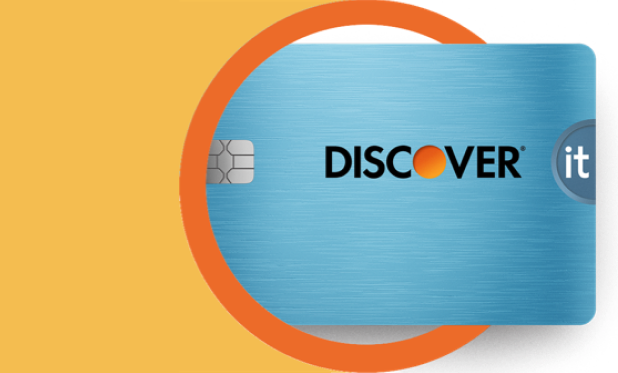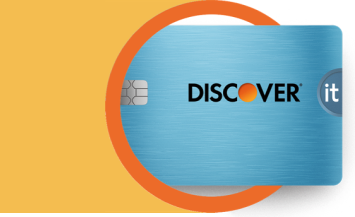If you’ve bought a new car, purchased a home, or attended college, you’ve probably used a form of credit, even if you’ve never swiped a credit card. Any time you borrow money from an institution and agree to repay it later, you’re using credit.
While lenders offer varying products and services, there are three main types of credit: revolving, installment, and open credit. Understanding how each type of credit works can help you make informed financial decisions and improve your credit mix, which could help raise your credit score.







